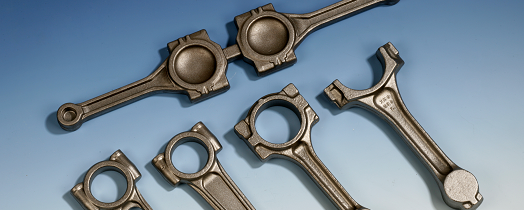Forming of highly stressed components

The compressive forming process of die forging can be used for manufacturing highly stressed components with and without flash. It is a highly productive manufacturing process primarily used for large batch sizes. The investigations regarding die forging are mainly closely related to the corresponding forming unit, tool system technology and the materials to be formed. In particular, subsequent processes such as pre-forming (cross rolling) are included in investigations of the entire process chain as part of the technology development. In this context it is possible to individually adapt the specific operational conditions and requirements.
 Fraunhofer Institute for Machine Tools and Forming Technology
Fraunhofer Institute for Machine Tools and Forming Technology